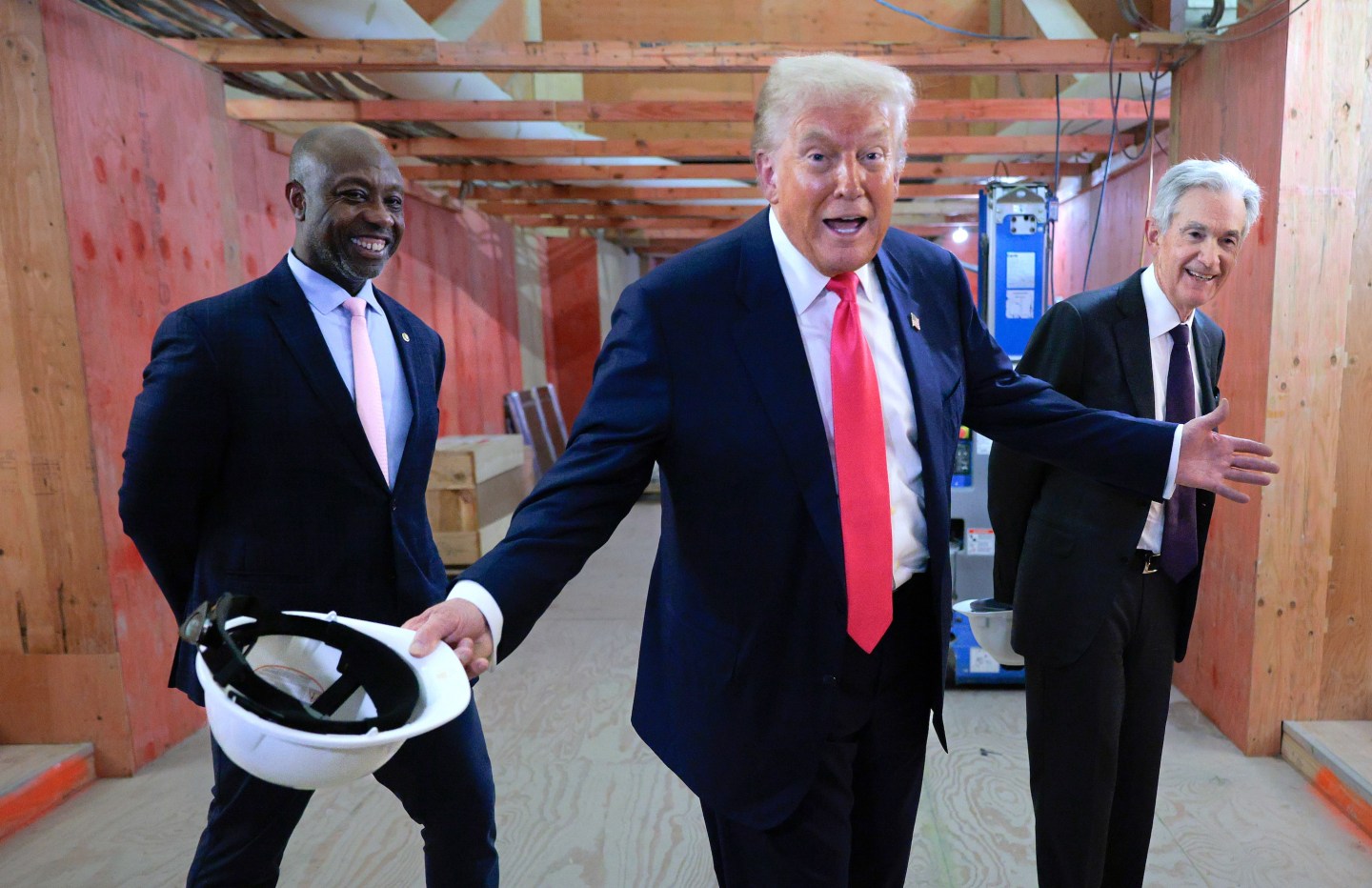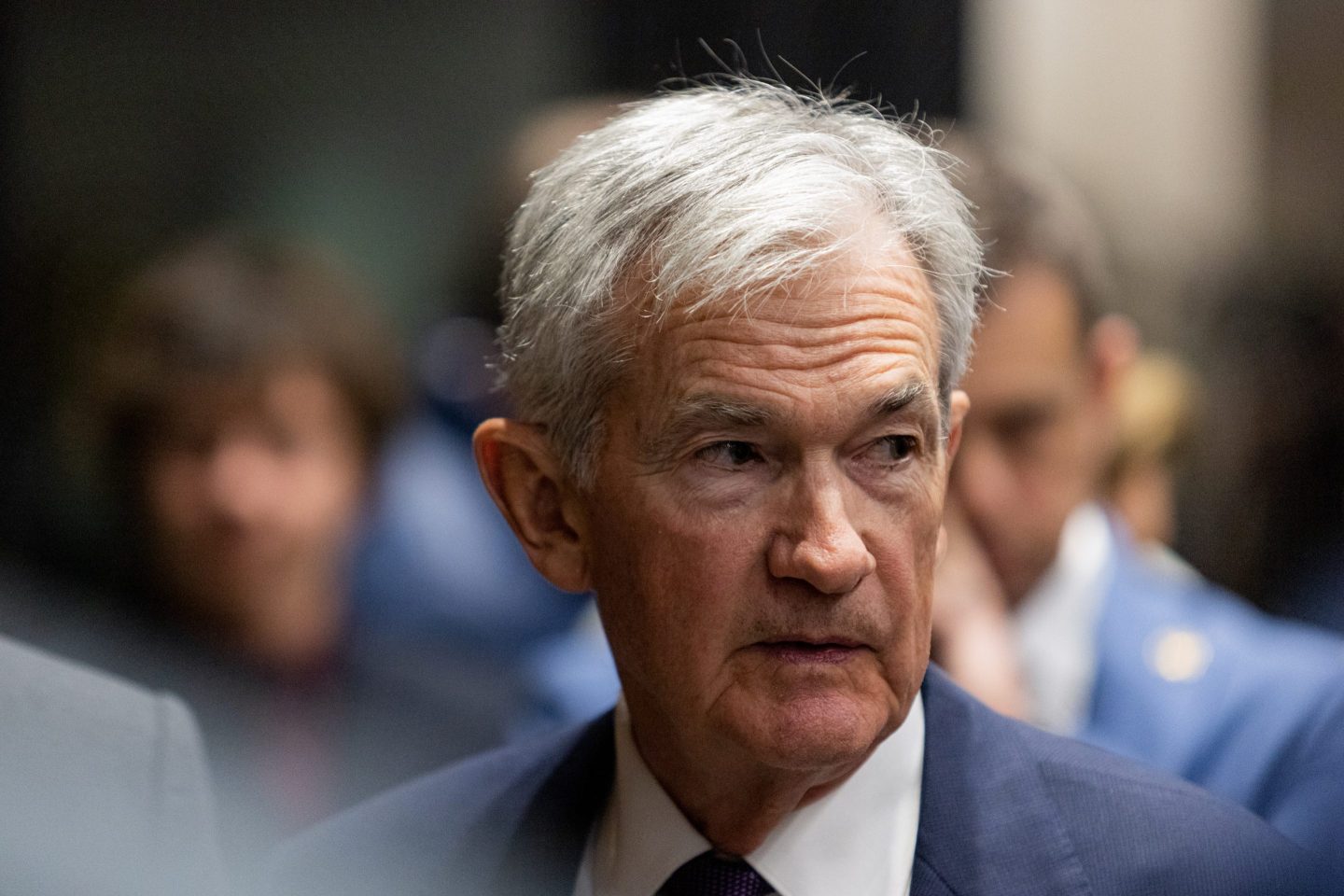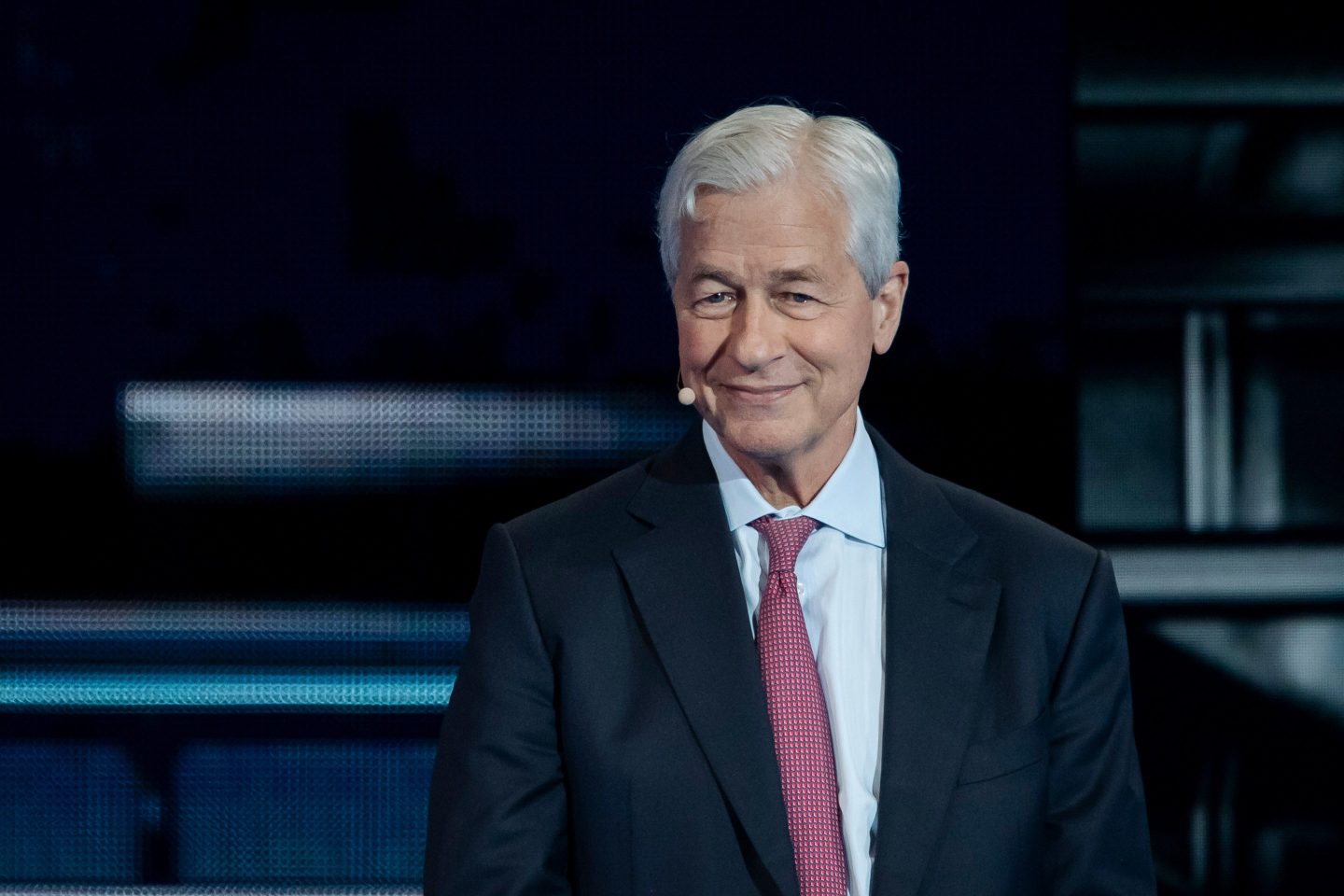- The U.S. economy may look rosy on the surface, but under the hood, it’s supported by just three pillars, writes Bleakley Financial Group’s Peter Boockvar: spending by the rich, spending by the government, and anything to do with artificial intelligence. The Trump administration’s plan to slash spending and impose tariffs now threatens at least two of those pillars.
America’s economy has long been powered by the consumer. Lately, though, just one out of 10 consumers is powering the expansion—a sign America’s robust growth could be teetering.
Moody’s, in an analysis first shared with the Wall Street Journal, found the U.S. economy has never been as dependent on high-income spenders as it is today, with the top 10% responsible for nearly half of all consumer spending. In contrast, when the government first started tracking the data 35 years ago, the top 10% drove just over one-third of spending.
“The finances of the well-to-do have never been better, their spending never stronger and the economy never more dependent on that group,” Moody’s chief economist Mark Zandi told the Journal.
That’s a problem, noted Peter Boockvar, chief investment officer of Bleakley Financial Group, in a recent note, because rich people’s spending is one of three so-called pillars holding up the economy.
“[T]he strength in the US economy has rested on three pillars, with lackluster growth most everywhere else. One, upper income spending, two, anything related to AI spend including data center construction, and three, anything related to local, state and federal government spending, whether that is related to infrastructure, the Chips Act, the (Inflation Reduction Act), Medicare, Medicaid and transfer payments,” Boockvar wrote.
The sway of the rich is unprecedented in modern times, the Journal noted. The top 10% of earners—those making $250,000 a year or more—now account for nearly one-third of GDP. Blame persistent inflation, which led all other income groups to cut back their spend even as the richest increased, the Journal wrote.
During what might otherwise have been a recession, “upper-income spending lifted the economy off the mat, along with the IRA, the CHIPS act” and other forms of government spending, Boockvar told Fortune.
There’s two big reasons the richest are pulling away from the rest, Boockvar said. First, they tend to have more savings, and current yields of about 4.5% make for a tidy little income stream. “They’re also benefiting from the highly valued stock market and home prices,” Boockvar said.
The so-called “wealth effect,” in which rising stocks and home values make consumers more inclined to spend, has been well-documented, but recent research suggests its effects have grown larger. In other words, it only takes a small swing in stocks to make the average consumer feel a lot more spendy.
That also, however, means the economy is uniquely vulnerable to volatile swings.
“If the S&P 500 were at 4,000 instead of 6,000, consumer spending would not be as robust as it is now,” Boockvar said. “You’ll have cruises that are cancelled and vacations that are cancelled if the stock market fell.”
Already, the vibes have soured somewhat, with consumer sentiment last month taking a dive among all income groups, including the wealthiest.
Indeed, Boockvar is now questioning the stock-market foundations of upper-income spending. The recent trend of AI-related developments driving outsize gains in the Magnificent Seven tech stocks could be coming to an end.
“The challenge with the stock market right now is it’s losing the Magnificent Seven as a dominant driver of stock market returns,” he said. “To me, there’s a major rotation going on.”
That leaves government spending—and the Trump administration’s budget goals and policy priorities— have sown strong doubts as to the strength of that third pillar. House Republicans have proposed slashing Medicaid, the largest health insurance program in the country, as well as repealing a number of Biden-era accomplishments. The Inflation Reduction Act and the cash it directed toward building out clean-energy projects is particularly at risk, Boockvar said.
“There’s a ripple effect for government spending–if there’s less government deficit, there’s less corp surplus; less surplus means less profits,” he said. While he believes shrinking the deficit is economically prudent in the long run, it will have negative short-term consequences. But “we’ll have to see what the actual dollar amounts are,” he added.












